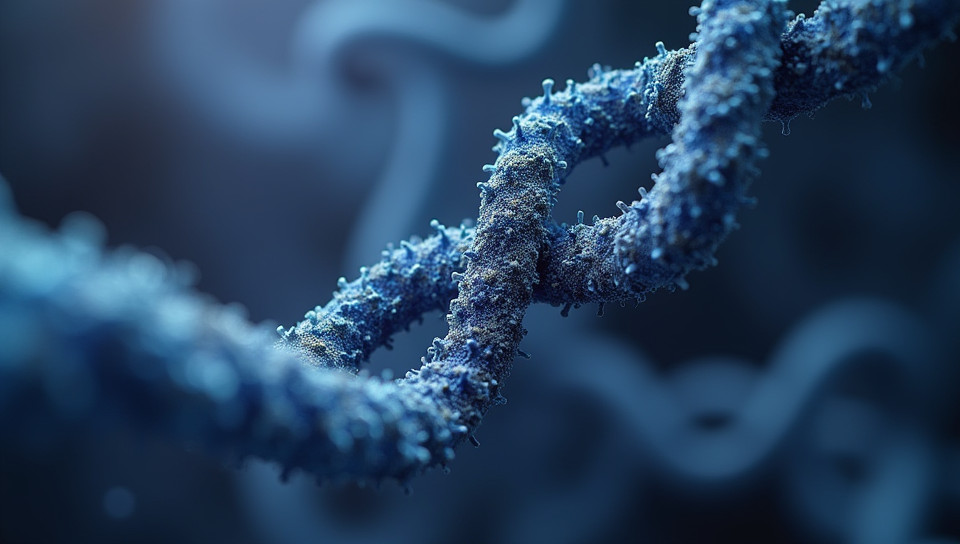Gene editing with CRISPR can correct inherited disease mutations 91%

Gene editing has revolutionized the field of genetics, offering a powerful tool for correcting inherited disease mutations. By harnessing the power of CRISPR (Clustered Regularly Interspaced Short Palindromic Repeats), scientists and researchers can now edit genes with unprecedented precision and accuracy.
What is CRISPR?
CRISPR is a bacterial defense mechanism that allows cells to recognize and destroy invading viruses by cleaving their DNA at specific points. This technology has been adapted for use in genetic engineering, enabling precise editing of genes with high efficiency and specificity.
How Does Gene Editing Work with CRISPR?
Gene editing with CRISPR involves several key steps:
- Identifying the disease-causing mutation
- Designing a guide RNA (gRNA) that recognizes the mutation site
- Delivering the gRNA and Cas9 enzyme to the cell
- Allowing the cell to edit its own genome
The Potential of Gene Editing for Inherited Disease Mutations
Inherited diseases are caused by mutations in genes passed down from one generation to the next. These mutations can lead to a wide range of disorders, including sickle cell anemia, cystic fibrosis, and Huntington's disease. By using CRISPR to edit the gene responsible for these conditions, researchers may be able to correct the underlying mutation and prevent the development of the disease.
Challenges and Future Directions
While CRISPR has shown great promise in correcting inherited disease mutations, there are still several challenges that need to be addressed before this technology can be applied clinically. These include:
- Ensuring safety and efficacy
- Developing effective delivery methods for the gRNA and Cas9 enzyme
- Addressing ethical concerns around germline editing
Conclusion
Gene editing with CRISPR has the potential to revolutionize the treatment of inherited disease mutations, offering a new hope for patients and families affected by these conditions. While there are still challenges that need to be addressed, the progress made so far is encouraging, and it is likely that this technology will play an increasingly important role in the field of genetics in the years to come.
- Created by: Maël François
- Created at: Jan. 13, 2025, 7:10 p.m.
- ID: 17833









